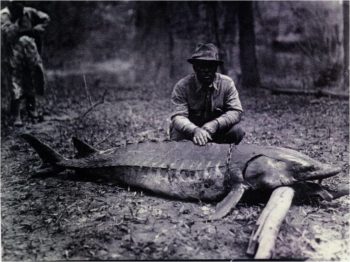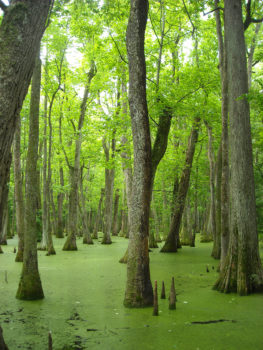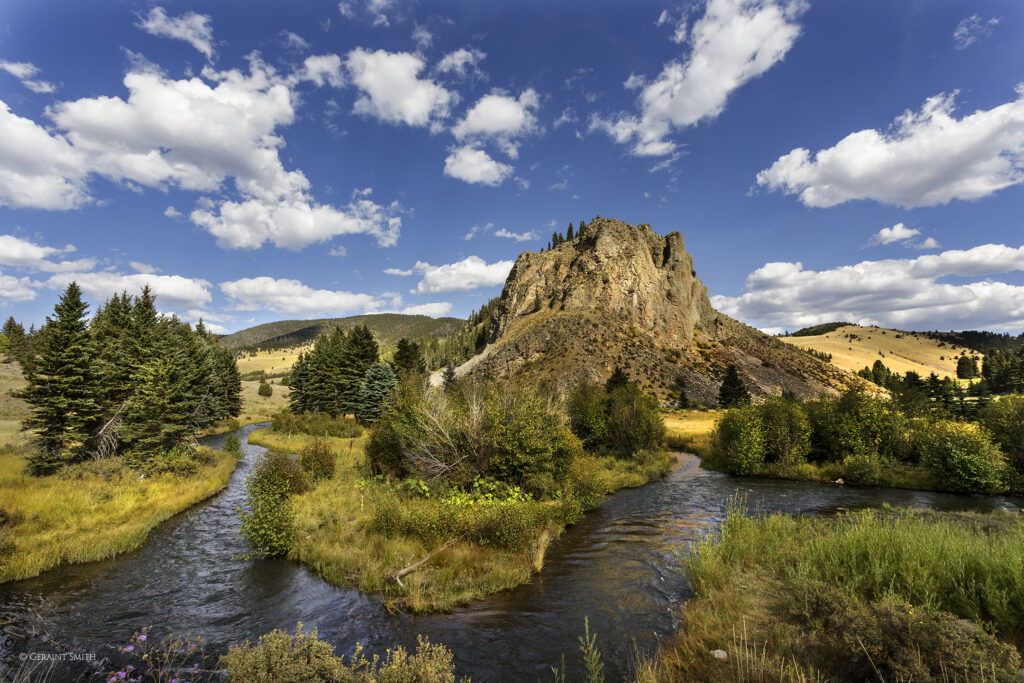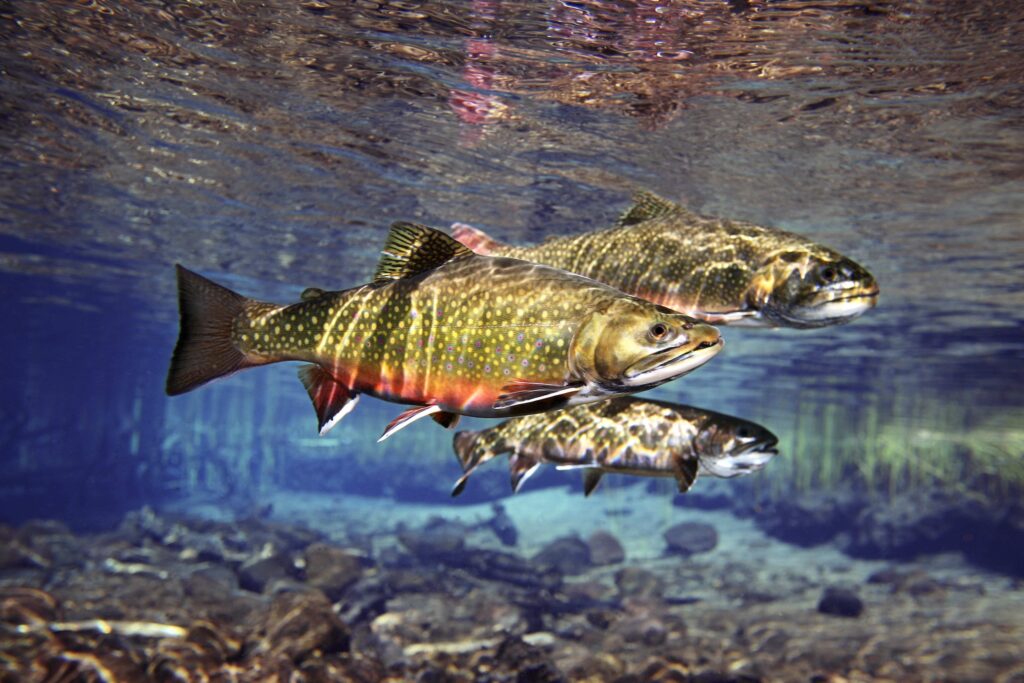A Flawed Plan for the Pearl River
Mississippi's Pearl River is threatened by a proposed dam and lake project whose plan is not well studied and leaves many questions unanswered.
This guest blog was written by Andrew Whitehurst. It is a part of our blog series on America’s Most Endangered Rivers® – Pearl River. American Rivers listed the Pearl River as one of America’s Most Endangered Rivers® back in 2015 due to the threat of a proposed new dam and lake project.
What’s the deal with this project? Here’s some background.
After the devastating Easter flood of 1979, the U.S. Army Corps of Engineers was charged with developing a comprehensive flood control plan for Metro Jackson, Mississippi. Several Pearl River plans were introduced, focusing on flood control and environmental impact. They were never implemented due to public opposition, and concerns over funding and downstream impacts.
In 1996, a local businessman proposed the first of several plans to dam the river in Jackson below Ross Barnett Reservoir Dam to develop an urban waterfront with questionable flood control benefits. The proposal changed over the years in response to ineffective flood control designs, exorbitant costs, and environmental concerns.
Most recently, local sponsors (The Rankin-Hinds Pearl River Flood and Drainage Control District and the non-profit Pearl River Vision Foundation) published a Draft Environmental Impact Statement (DEIS) and Feasibility Study for a new dam and lake on July 24, 2018, with a 45-day public comment period ending September 6th.
A Flawed Plan
This project proposal is based on poor assumptions and incomplete information. “The plans incorporating economic development cost more than levees” (MS Legislature PEER Committee Report #540, p.34, 10/12/2010). In fact, the flood control plans developed before 1996 offer less costly options that better address flooding concerns. These options include improvements to existing levees, raising buildings and homes, or buying out properties with historical flooding problems. The Drainage District’s DEIS now claims levees cost more than a dam/lake alternative. The river hasn’t changed since 2010 and construction prices haven’t changed that much, so what’s going on here?
The lake dredging plan would bulldoze riverside forests, dredge and dig 25 million yards of riverbanks and river bottom to elevate 1861 acres and get it ready for lakeshore development. These wetlands along the river provide natural flood protection for our community. This plan goes against the national trend of dam removal and wetland protection.

A man poses with a sturgeon he caught in the Pearl River in 1944 before the construction of Barnett Dam. Now, this fish species is endangered. | Mississippi Museum of Natural Science Archives
Eliminating 10 miles of river habitat for two federally-protected species (Gulf sturgeon and ringed sawback turtle) will harm many types of wildlife and slow these species’ recovery. This much habitat destruction also adds needless expense to this purported flood control project.
The Pearl River is the fourth largest source of fresh water to the Gulf, east of the Mississippi River. The Pearl’s discharge from the upstream Ross Barnett Reservoir has reached critical low flow levels over the years with surprising frequency. Another dam will only complicate this problem.
In 2013, scoping comments asked the District for a hard look at Pearl River low flows June-October, which they continued to avoid addressing in this DEIS. Their approach hides monthly variability, softening a lake’s impact to the river. More sophisticated modeling should be run to see exactly how sensitive the lower Pearl River’s swamps, marshes and the western Mississippi Sound are to damming and to more complicated water management demands from a second major lake.
Further, the Draft EIS doesn’t address the effects of climate change in its modeling of the river and its physical functions. Hotter summers are predicted by scientific studies of the southeastern U.S., which means increased evaporation for all lakes, including this one.
BAD for Our Economy & Community
The Drainage District’s Draft EIS has an economic analysis that concentrates its cost/benefit analysis on Hinds and Rankin Counties. Downriver counties and parishes need cost/benefit analyses too.
- The area’s $891 million seafood industry supports 9,491 jobs (Mississippi State University Extension, 2/13/2018), and is reliant upon healthy freshwater flows.
- Hundreds of millions of dollars in restoration projects are underway or planned for coastal Mississippi and Louisiana, such as a $50 million marsh, oyster and living shoreline project.
- Water treatment costs are expected to increase for nearly 100 downstream Pearl River businesses and municipalities that rely on the Pearl for adequate dilution of their discharges, such as International Paper and Georgia-Pacific.
- Project proponents have been passing their upfront costs onto taxpayers – to date taxpayers have already paid $8 million for feasibility studies (MS Legislature PEER Committee Report #545, p.9, 12/14/2010).
- Increased property taxes in and around Jackson finance the project. Mississippi House Bill 1585 (2017) gave the Rankin-Hinds Pearl River Flood Control and Drainage District authority to tax property owners who are, “directly or indirectly benefitted by the project.”
- The Drainage District’s cost projections appear to oversimplify and undercut the expense of removing old hazardous waste sites and landfills along the river.
Furthermore, there are many unknown costs associated with the project, such as costs to relocate infrastructure (i.e. roads, bridges, railroad lines, utilities, landfills) that would be impacted, or costs to operate, manage and maintain the dam and lake. In addition, a detailed wetland mitigation plan is absent from the DEIS and so those costs are not final.
What’s Next
State and federal permits are still needed for this project, and 12 downstream stakeholders have passed resolutions against it. The U.S. Army Corps of Engineers is currently accepting public comment on the DEIS until September 6, 2018. You can make a difference today!
[su_button url=”https://act.americanrivers.org/page/6408/action/1″ background=”#ef8c2d” size=”4″ center=”yes”]Take Action »[/su_button]
Andrew Whitehurst is Gulf Restoration Network’s Water Program Director and works on water and wetland issues from Madison, MS.






5 responses to “A Flawed Plan for the Pearl River”
You do not provide the docket number on your comments. Please add that to your comments.. Also, you should revise the boilerplate comment slightly to show the standing of the persons who comment.
Thank you for your educational and informative article. We must not allow any more dams due to the prohibitive cost of building the dam to taxpayers that have already paid EIGHT MILLION for the proposal, destruction of natural ecosystems, destruction of wetlands, change in flow of the river, climate change that is effecting dams in the west now due to severe drought (i.e., Hoover Dam), & will effect dams in the eastern U.S., the land grabbing for development of real estate, etc., Let’s make our voices heard. Constant vigilance! A GOOD RULE OF THUMB…DO NOT BUILD IN FLOOD ZONES!
Thanks for letting us know about the typo, J! It’s been edited.
The caption under the photo says the endangered fish is called a surgeon… I think it is supposed to say sturgeon. I just wanted to let you know so that it could be edited; many people won’t take the article seriously if it isn’t well-written.
Thanks for the information. Please continue to keep the public informed.
Well written article! Contains some facts that are definitely disturbing. This project needs to be stopped before irreparable damage has been done to our already fragile environment!